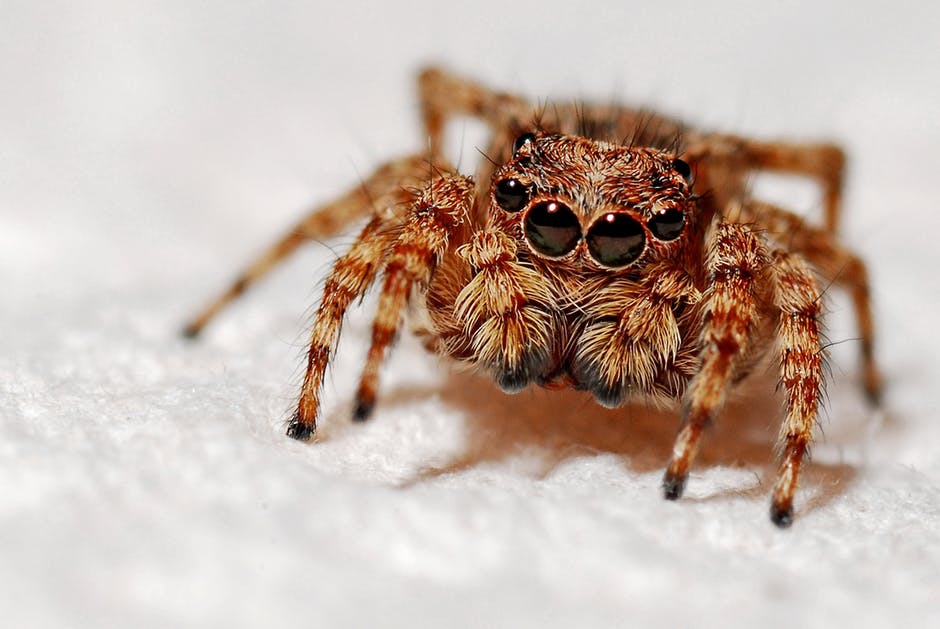The most terrifying insects that live in the US

Maybe winter is not your favorite time of the year, but the cold definitely helps keep away the bugs and spiders for a while. Don’t be fooled by thinking that poisonous bugs only live in Australia and Africa because there are plenty of them native to the US. Not all of them are deadly, of course, but their poison is still strong enough to cause serious damage to our bodies. Some of the insects, like the Africanized Bee, for example, can be way more aggressive than their European cousins, but are very similar in appearance. Here’s a list of the most venomous insects and arachnids that live in the US. Keep your eyes open!
Arizona bark scorpions

The Arizona bark scorpion lives in the Southwestern part of the country, and its sting is fatal. It’s a nocturnal animal that likes ambushing its prey. It can live up to 5-6 years, feeds on crickets, roaches, and beetles, and sometimes even eats a fellow scorpion. Frothing at the mouth, numbness, and convulsions are some of the most common symptoms of an Arizona bark scorpion sting. If something like that happens to you or anyone else around you, go the emergency right away. It’s especially dangerous for kids and elderly people.
Black widow spiders

The Black widow’s venomous bite is quite strong. The female Black widow spider is known as one of the most dangerous in the States, and it lives mostly in the Southwest. Its venom is 15 times stronger than that of a rattlesnake, so being near a black widow is not a good idea. Vomiting, fainting, chest pain, and swelling are the most common symptoms after a black widow bite.
Puss caterpillars

Don’t be fooled by this fluffy looking creature because it’s the most poisonous caterpillar in the country. Wooly slug and flannel moth are the other names of the venomous puss caterpillar. The fuzzy hairs that cover the caterpillar’s body are not a fur at all. They are protective, full of venom and they can get under your skin. The reaction of human skin is incredibly painful, and it can last more than 12 hours. A puss caterpillar’s sting hasn’t killed anyone yet, but there were cases where the victim barely survived. These creatures are also common in the Southwest part of the US.
Kissing bugs

The kissing bug is also known as the vampire bug, assassin bug, Tratominae, or a conenose bug. They transmit T. cruzi, the parasite which brings about Chagas. They are nocturnal bugs that suck out the blood of their victims and transmit disease as they do so. Their venom is highly potent and can bring about a stroke, a cardiac arrest, and constipation. Odor and extreme heat are the two main reasons why people get attacked by this tiny assassin. There are more than 130 kissing bug species, and they mostly live in the South.
Africanized bees

Africanized bees look identical to the solitary bees that we know, but they don’t keep away from humans. Africanized bees like to surround their victims and overload them with stings. They are not particularly venomous but the problem with them is that they attack in groups and their favorite target is the victim’s face.
Oriental rat flea

The oriental rat flea can live on any warm-blooded mammal. To this day, the fleas still carry the bacteria that causes bubonic plague and murine typhus. These fleas are responsible for spreading it between rats and for also infecting humans. Bubonic plague is fatal in most cases, though modern medicine developed lifesaving antibiotics that kill the bacteria. Nowadays it’s rare to get infected, but the flea still exists.
Now you know which insects to avoid and which ones are the most dangerous. And remember, insects are not bad, they will only attack you if you’re in their way. Good luck!
